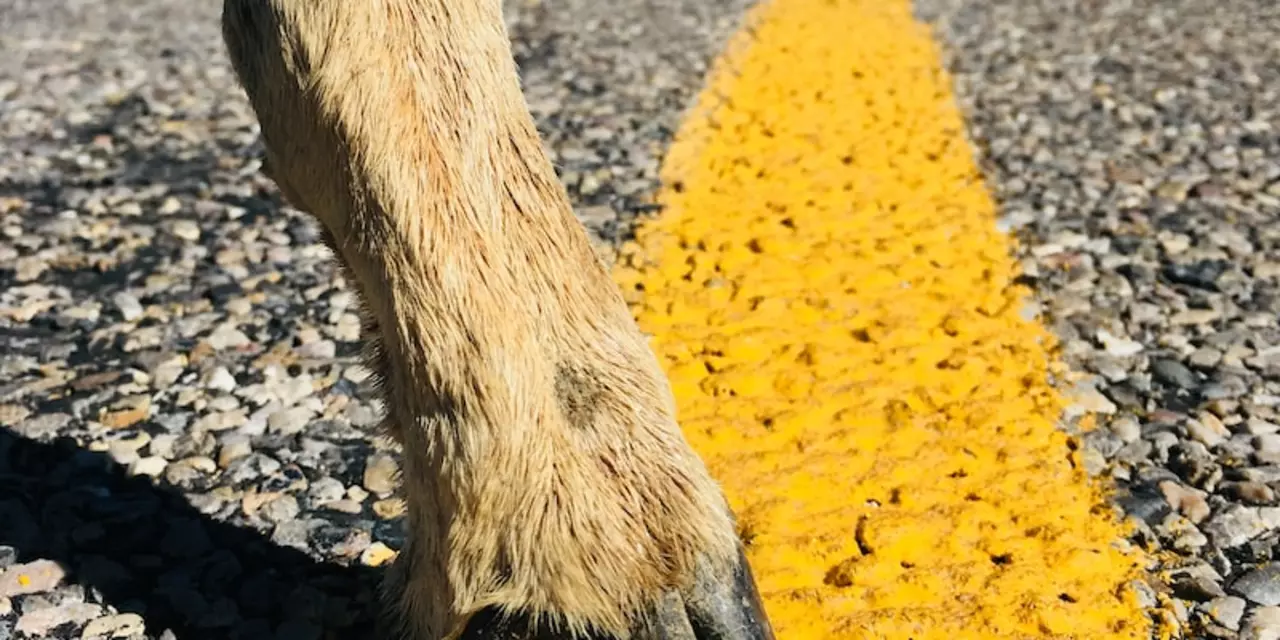Wild Animals – Quick Guide for Curious Minds
Ever wondered what makes a creature a "wild animal" and why they matter? In simple terms, wild animals are species that live and breed without human help. They roam forests, savannas, rivers, and even city outskirts, shaping ecosystems wherever they go. This guide breaks down the basics, shows you common types you might spot, and gives handy advice for staying safe and helping protect them.
Common Types of Wild Animals
From the big cats that stalk the grasslands to the tiny insects buzzing in your garden, wild animals cover a massive spectrum. Here are a few groups you’ll often hear about:
- Mammals: Think elephants, wolves, and deer. They give birth to live young and usually have hair or fur.
- Birds: Eagles, parrots, and ostriches fall here. Their feathers and ability to fly (or not) make them easy to spot.
- Reptiles: Crocodiles, snakes, and turtles thrive in warm climates and are great at conserving water.
- Amphibians: Frogs and salamanders need both water and land, acting as important indicators of environmental health.
- Insects: Bees, beetles, and butterflies may be tiny, but they pollinate plants and break down waste.
Each group plays a role—predators keep herbivore numbers in check, while pollinators help plants produce food. Spotting any of these in the wild offers a glimpse into a balanced system that works without us.
How to Stay Safe Around Wildlife
Seeing a wild animal up close can be thrilling, but safety comes first. Follow these quick tips:
- Keep Your Distance: Most animals feel threatened when you get too close. A good rule is to stay at least 30 feet away from large mammals and 10 feet from birds.
- Don’t Feed Them: Food can change an animal’s natural behavior and make it aggressive. It also raises the risk of disease spread.
- Move Slowly: Sudden movements can startle wildlife. If you need to leave an area, back away calmly rather than running.
- Know the Local Species: Some animals, like venomous snakes or rabid mammals, require extra caution. A quick online search before heading out can save a lot of trouble.
- Carry a Noise Maker: A whistle or simple clap can alert curious animals that you’re there, giving them a chance to move away.
Remember, you’re a guest in their home. Respecting their space keeps both you and the animal safe.
Beyond safety, you can help wild animals by supporting conservation efforts. Donate to reputable NGOs, volunteer for habitat clean‑ups, or simply spread the word about responsible wildlife viewing. Small actions add up, and every bit of awareness helps keep ecosystems thriving.
Whether you’re planning a hike, a safari, or just a walk in a city park, keep an eye out for the wild animals that call those places home. Their presence reminds us that nature is still alive, adaptable, and worth protecting.
